Colorectal Surgery :
Colorectal surgery is a field in medicine, dealing with disorders of the rectum,anus, and colon. The field is also known as proctology, but the latter term is now used infrequently within medicine, and is most often employed to identify practices relating to the anus and rectum in particular.
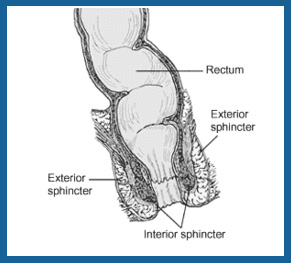 Colorectal surgical disorders include: Colorectal surgical disorders include:
- varicosities or swelling, and inflammation of veins in the rectum and anus (Hemorrhoids)
- unnatural cracks or tears in the anus (Anal fissures)
- abnormal connections or passageways between the rectum or other anorectal area to the skin surface (Fistulas)
- severe constipation conditions
- fecal incontinence
- protrusion of the walls of the rectum through the anus (Rectal prolapse)
- birth defects such as the imperforate anus
- treatment of severe colic disorders, such as Crohn's disease
- cancer of the colon and rectum (Colorectal cancer)
- repositioning of the rectal area if fallen out.
- anal cancer (rare)
- any injuries to the anus
- removal of objects deliberately inserted into anus
Hepatobiliary Surgery :
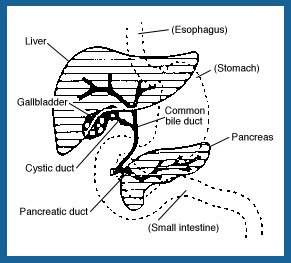
Surgery of the Liver, Bile Ducts, and Pancreas (Hepatobiliary) Surgery of the Liver, Bile Ducts, and Pancreas (Hepatobiliary) The most common indication for liver surgery is to remove a cancerous tumor. The hepatobiliary system refers to the liver, gall bladder and bile ducts, and how they work together to make bile. Bile consists of water, electrolytes, bile acids, cholesterol, phospholipids and conjugated bilirubin. Some components are synthesised by liver cells, the rest are extracted from the blood by the liver.
Laparoscopic Surgery :
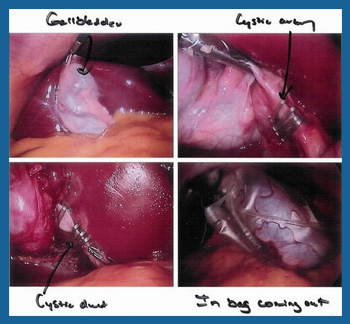 Laparoscopic or “minimally invasive” surgery is a specialized technique for performing surgery. In the past, this technique was commonly used for gynecologic surgery and for gall bladder surgery. Over the last 10 years the use of this technique has expanded into intestinal surgery. In traditional “open” surgery the surgeon uses a single incision to enter into the abdomen. Laparoscopic surgery uses several 0.5-1cm incisions. Each incision is called a “port.” At each port a tubular instrument known as a trochar is inserted. Specialized instruments and a special camera known as a laparoscope are passed through the trochars during the procedure. At the beginning of the procedure, the abdomen is inflated with carbon dioxide gas to provide a working and viewing space for the surgeon. The laparoscope transmits images from the abdominal cavity to high-resolution video monitors in the operating room. During the operation the surgeon watches detailed images of the abdomen on the monitor. This system allows the surgeon to perform the same operations as traditional surgery but with smaller incisions. Laparoscopic or “minimally invasive” surgery is a specialized technique for performing surgery. In the past, this technique was commonly used for gynecologic surgery and for gall bladder surgery. Over the last 10 years the use of this technique has expanded into intestinal surgery. In traditional “open” surgery the surgeon uses a single incision to enter into the abdomen. Laparoscopic surgery uses several 0.5-1cm incisions. Each incision is called a “port.” At each port a tubular instrument known as a trochar is inserted. Specialized instruments and a special camera known as a laparoscope are passed through the trochars during the procedure. At the beginning of the procedure, the abdomen is inflated with carbon dioxide gas to provide a working and viewing space for the surgeon. The laparoscope transmits images from the abdominal cavity to high-resolution video monitors in the operating room. During the operation the surgeon watches detailed images of the abdomen on the monitor. This system allows the surgeon to perform the same operations as traditional surgery but with smaller incisions.
In certain situations a surgeon may choose to use a special type of port that is large enough to insert a hand. When a hand port is used the surgical technique is called “hand assisted” laparoscopy. The incision required for the hand port is larger than the other laparoscopic incisions, but is usually smaller than the incision required for traditional surgery.
TRAUMA :
 A serious injury or shock to the body, as from violence or an accident. A serious injury or shock to the body, as from violence or an accident.- An emotional wound or shock that creates substantial, lasting damage to the psychological development of a person, often leading to neurosis.
- An event or situation that causes great distress and disruption.
- Psychol a powerful shock that may have long-lasting effects.
- a body wound or shock produced by physical injury, as from an accident.
- Severe bodily injury, as from a gunshot wound or a motor vehicle accident.
- Psychological or emotional injury caused by a deeply disturbing experience.
- emotional injury inflicted on an infant by events incident to birth that is alleged to appear in symbolic form in patients with mental illness.
- trauma caused by the passage of electric current through the body (as from contact with high voltage lines or being struck by lightning); usually involves burns and abnormal heart rhythm and unconsciousness.
|
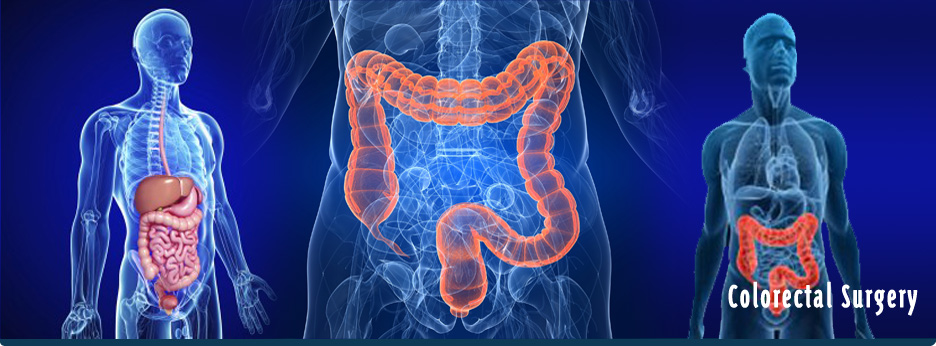
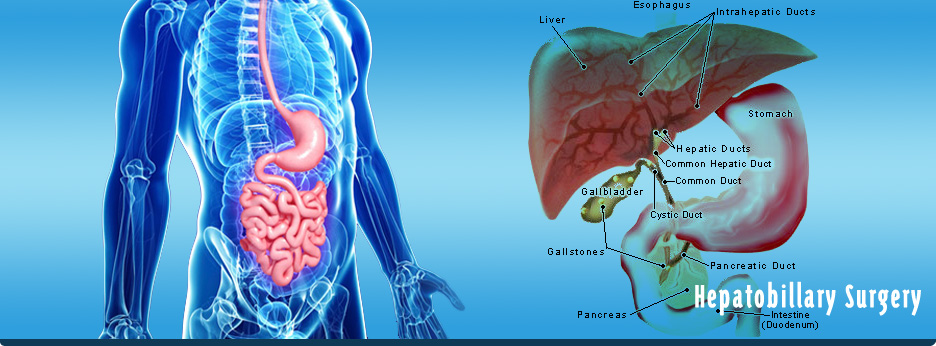
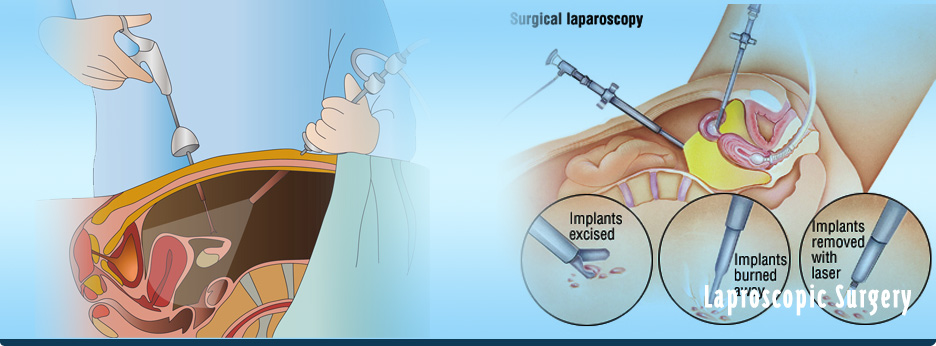
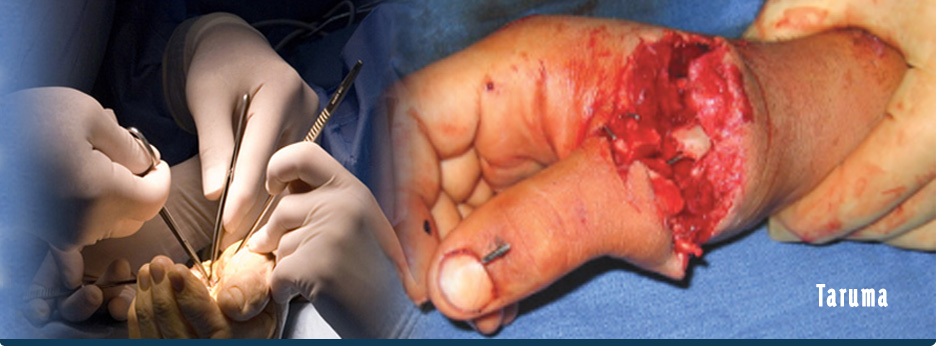

 Colorectal surgical disorders include:
Colorectal surgical disorders include:

 A serious injury or shock to the body, as from violence or an accident.
A serious injury or shock to the body, as from violence or an accident.